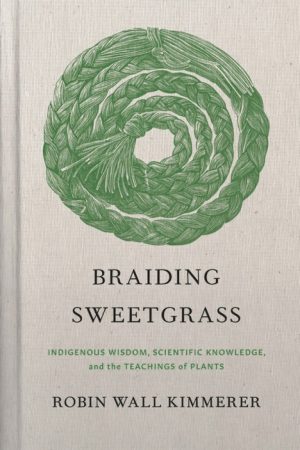

Overall, I would love to read the rest of this book as I did not read the whole original book while in college. But I think this chapter gets the point across rather quickly, which would allow the reader to maintain attention and learn something without getting bored. And having worked with youth for a couple of years, I've learned very quickly that many youth don't like to read. One of the benefits of this chapter is that it's short it's about eight pages long. The chapter ends with some discussion questions that I suspect instructors can use for their classes. The color theme sticks to black/grey/various shades of green, which fit the theme of the book. It comes with pictures and word boxes to separate/emphasize different ideas.

She has a beautiful way of writing that grabs attention of the reader that incorporates the culture that she grew up in.Īdditionally, the sample chapter is very simple and short. For example, she views plants as "teachers and companions" rather than mere objects. Very quickly, you learn that Kimmerer is Native American and that her perspective of the world is very different than a non-Native American. So, this chapter is the author's (Robin Wall Kimmerer) reasoning for becoming a botanist. I was really glad to see another version for young adults, not because the original is hard to read, but because I think it would attract more readers.

I picked up this book because I had actually read part of the original version in college for one of my sociology/environmental studies courses. Below is my honest review of the first chapter. Thank you Netgalley and the publisher for providing me a sample chapter of "Braiding Sweetgrass for Young Adults".


 0 kommentar(er)
0 kommentar(er)
